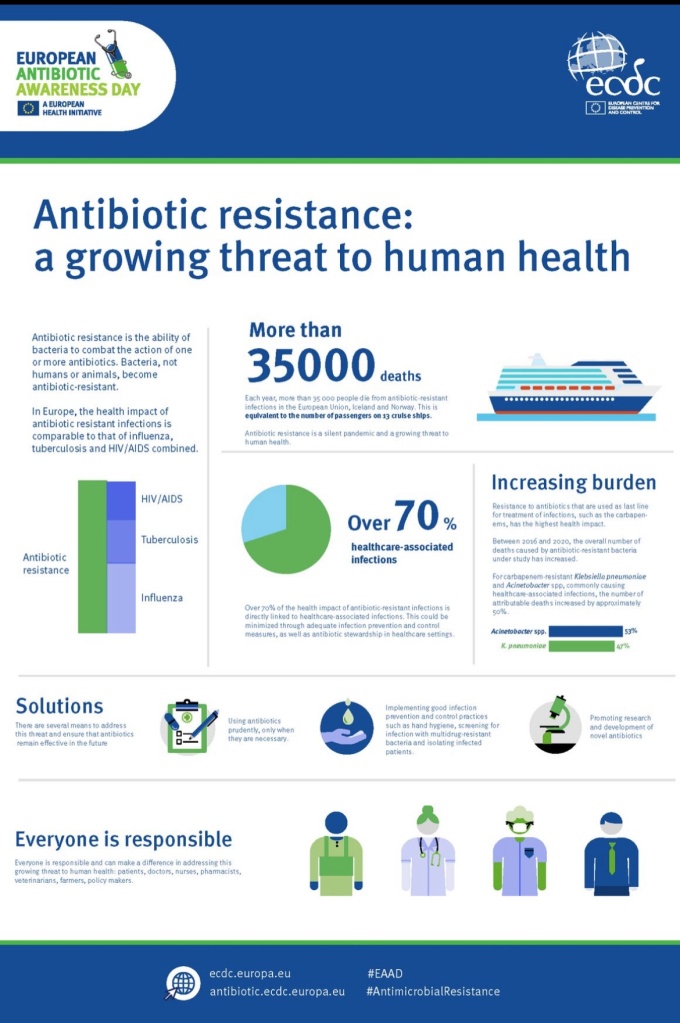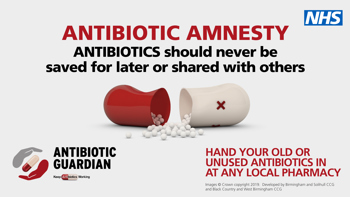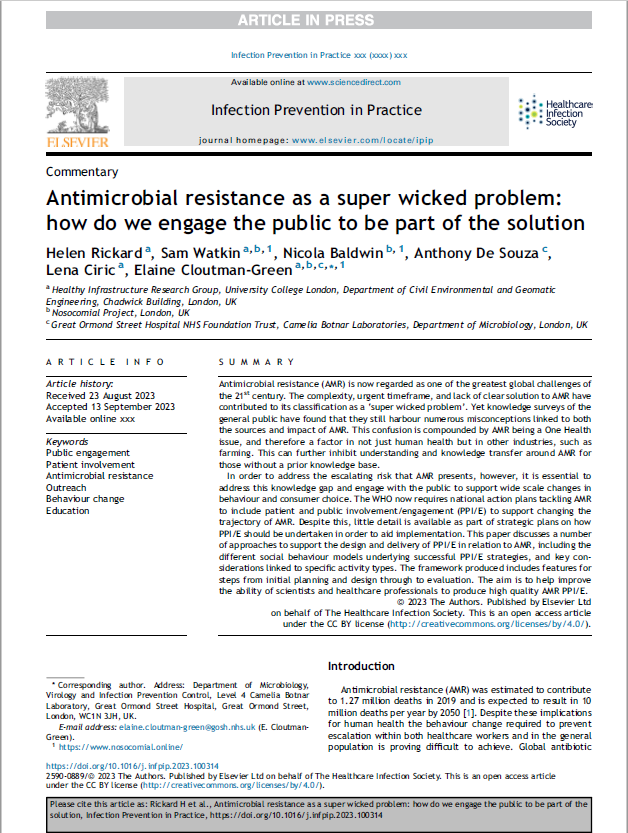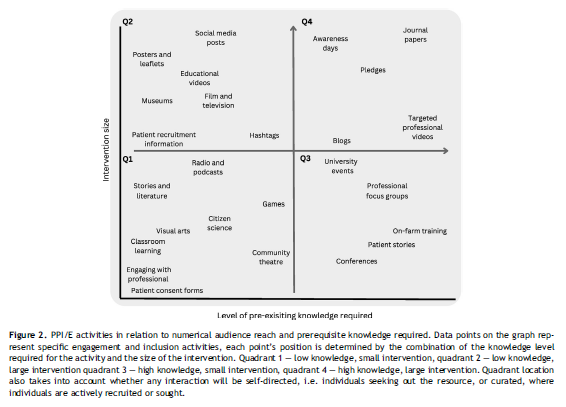It’s the end of November and we’ve just come to the end of World Antimicrobial Awareness Week 2023 #waaw. I have previously posted about some of the challenges linked to antimicrobial resistance and this year I’ve been really impressed by the amount of information on social media. I also know of some face to face events (more on that later) linked to speaking to school children and healthcare staff. Many of us are involved with an engagement push linked to this week, and one-off events are both valuable and have strength of purpose. I wonder though how many of us have really thought about how we design or put these events together in a chain for greater impact or in the wider context of the challenge?
What do we normally do?
It is sometimes tempting, especially if we’re doing a one off event, to focus on the activity or engagement first. This means that we will often come up with the cool fun idea of what we are going to do, focussing on the science, and how to break that down. This means that sometimes we start towards the end of the process, rather than starting off spending time thinking about what it is we want to achieve and then building everything based around that.
Even when you have the objectives nailed there are a number of different ways and factors that may impact your messaging and how that message is co-created/received, and your audience is a key component of the design process. Factors to consider can include aspects such as:
- Gender distribution
- Geographical location
- Age
- Family status (care givers, children)
- Professional status
- Socio-economic status
- Education level
- Shared experiences (special interest groups, prior intervention
experience) - Social and cultural norms (beliefs or religious practices)
Different objectives lend themselves to different things, and to different audiences. Infographics are a very common way of communicating. They are easy to share and have great longevity, as they can be used in social media, but can also be utilised in print form for posters and leaflets to allow a different form of targeted spread. They can work better with some groups than others, and depending on the content are more likely to appeal to individuals with pre-existing knowledge or interest.
One of the challenges with a lot of the way that we communicate is that some of the facts can come across as pretty scary. The classic message that often gets used is modelling data that more people will die from antimicrobial resistance (AMR) than cancer by 2050. The problem with using these kind of shock statistics is that it runs the risk of turning general members of the public off the message as it’s both a scary and a big problem, which they can’t face engaging with as they don’t feel they have the capacity to influence it. This is especially true for those who see themselves as rarely interacting with healthcare, who might go to the GP every other winter for a course of antibiotics, but don’t see themselves as getting sick.
Another challenge is balancing some of the messaging, the message that everyone is responsible can sometimes read that no one is actually responsible. When I’m out and about having conversations about this right now, the pandemic has definitely had an impact. There is a lot of compassion and other fatigue post SARS CoV2, where people feel like they have given up a lot for the ‘greater good’ and don’t want to feel like more is being asked of them, in terms of personal sacrifice.
It is also hard to get both your ‘what’ and your ‘why’ into a single infographic. Messages linked to action are very powerful, but they tend to work better for audiences who already have a strong grasp of why the message is important and how it relates to a specific issue.
Great programmes, such as the Antibiotic Guardian programme, are already doing great work and position themselves linked to a behaviour change by encouraging individuals to sign up to behaviour pledges. They tend to appeal to people who have some pre-existing baseline knowledge, with pledges acting as re-enforcement. For instance, images, like the one below, are great and super easy to interpret, if you already have an understanding of antimicrobial resistance being a One Health issue. This is valuable, especially if your target audience is those using large amounts of antibiotics in daily life, such as farming, or antimicrobial prescribers, such as medics and vet.
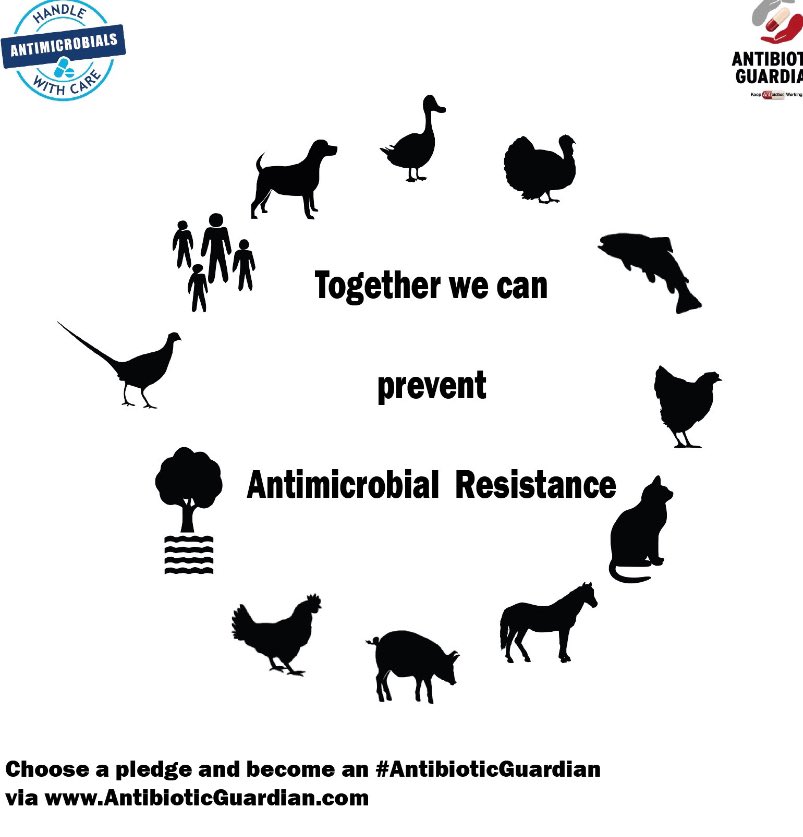
Other types of engagement options enable you to tackle some of the frequent mis-conceptions, such as the fact that it is the person and not the organism that becomes resistant. Face to face encounters allow you to get a greater feel for where any of the knowledge gaps or pre-conceptions lie, in a way that is harder when you are just sending messaging out into the world. The limitation of this approach is always going to be the number of people who can be engaged. So the choice of objective really does impact which approach would be best, alongside whether you are aiming for knowledge/awareness raising or whether you are aiming to impact or change behaviour.
One of the other challenges with designing content or activities without having first defined your audience is that the language pitch can be particularly challenging. Words like diagnostics work really well when talking to healthcare professionals, but may resonate with the wider public. The things are also not static, the wider public may be more comfortable with certain terms post pandemic than they were before, this may or may not be maintained as part of common language as the years past. Therefore language options that may be appropriate in 2023 may not be appropriate in 2027, and undertaking a conscious review of pitch and language is required every time.

What does the literature tell us?
We recently published a paper focussing on some of these issues and processes linked to designing outreach or engagement for AMR, and it really made me think about some of the steps that might be helpful. It also made me realise how we should be using other tools and options when designing both our activities and evaluations linked to social behavioural models (Participatory learning and action approaches (PLA), Information-Motivation-Behavioural (IMB), Transtheoretical approaches) taking the learning and understanding from other areas to maximise our success in this area. Some of the key prompts for me included:
- How many of us really take the time to define our target populations and think about what would work for the group we are going to target?
- How many of us really define the single simple message we want that target audience to take away from our interaction and think about whether we are looking at knowledge/awareness increase or behaviour change?
- How many of us design evaluation strategies based on population and target message/change in order to understand whether we have achieved our aims and how to improve it next time?
Without really embedding a rationale, design, and evaluation process, are we ever going to achieve what we want to achieve within a highly complex landscape? Because of the ‘super wicked’ nature of communicating about AMR unless we take a co-productive approach, will any of our interactions lead to long-term impacts? Are we really going to reach the groups that could most influence that change?
How can we approach things differently?
It takes a lot of time to design activities and I for one am always tempted to re-use and re-purpose as I’m time resource limited. One of the main things that came out of writing the paper, for me, was being very conscious of picking of the right tool for the job, and that one size doesn’t fit all because of the different reasons we might be undertaking the work in the first place.
Another thing that really struck me when reading the literature in this area is how much the power of telling stories can really address some of the issues that are linked to fear or the complexity of the challenge. It offers a route into the topic for people who are not necessarily already engaged by offering entertainment, and also to describe scenarios in a way to allow people to not feel so judged about personal actions whilst raising knowledge/awareness. It can provide a safe way to engage with a topic on an emotional level with reduced risk.
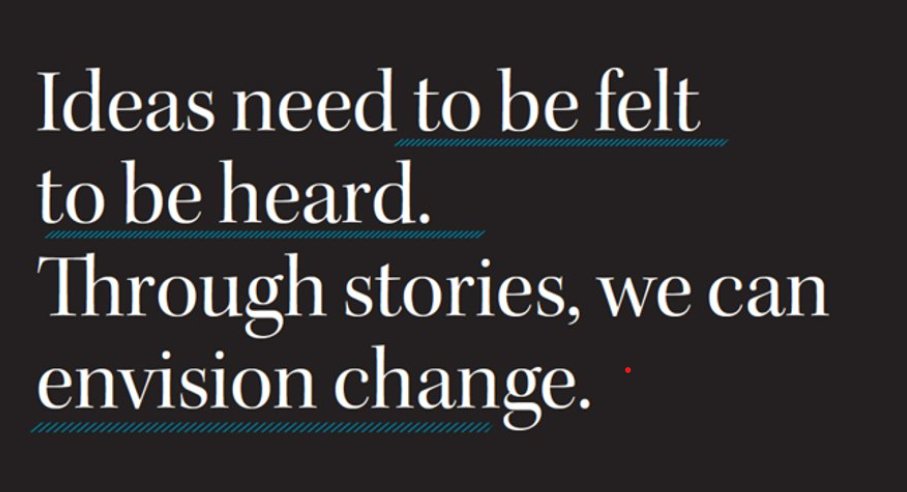
We’ve tried some of these concepts as part of The Project Nosocomial, with different approaches, from drag Klebsiella and panel discussions, to complete plays aimed at different audiences.
It is not just us that have tried this approach, there have been films such as Catch and musicals such as The Mould that Changed the World.
Not everyone is going to write a full on play however in order to engage others. Despite this I think there are things that we can still learn as scientists, like feeling empowered to tell our stories and our whys, that can support connections and innovation in this area. These approaches can be embedded in a low key way in all of our activity planning in order to enrich them. This type of experience, just like with Ted and others talks, can be really valuable in helping us improve our wider communication skills, and therefore also help with our wider professional practice.
One of the big challenges can be feeling secure enough to bring yourself, as well as the scientist, to your activity. By doing so, by sharing our stories and our why, you can engage in a deeper way than by just being the expert in the room. It adds depth and the ability to respond during engagement that hopefully leads to improved longevity of impact, and inspiration of intellectual curiosity of those involved. It also provides a route for us to learn as scientists, not just about communication, but also about how lived experience can impact patient choices.
I suppose, my point in this article is that I hope we can all be a bit braver, both in acknowledging the challenges we face in addressing an issue of this complexity, but also the steps we take in designing our responses to those challenges. I’d love to hear what other people are doing, so if you want to let me know that would be great, or you could even write a guest blog on your experiences of what you are up to in this area.
All opinions in this blog are my own

